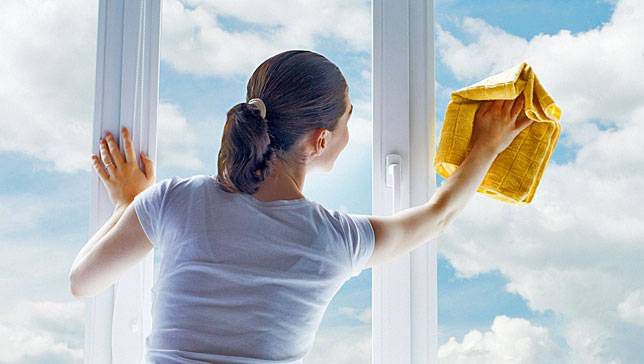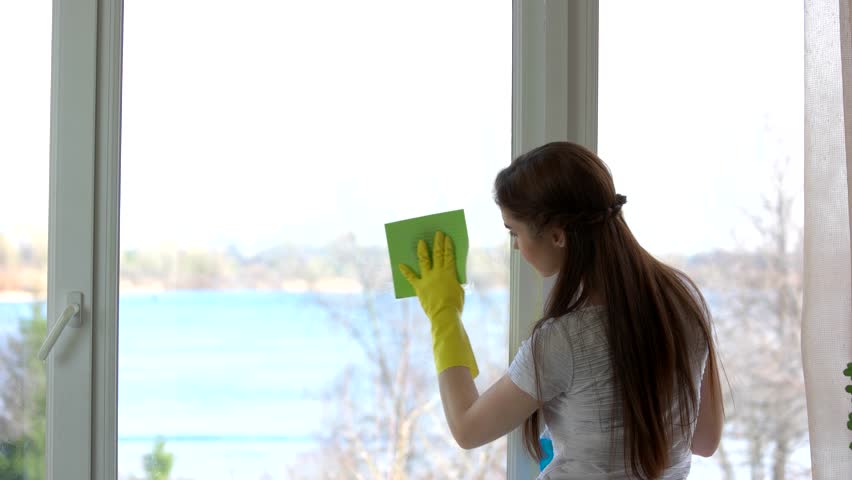How to Clean Windows Without Streaks
While cleaning windows might sound like an easy job, doing so without leaving streaks can be tricky. You can use many cleaning products for your windows, either homemade or store-bought. However, you can get a clean window that is streak-free by using the right tools and techniques. Before we get to our tips, did you know that you can find the best window cleaners or ‘fensterputzer’ over at Helpling?
- Get your supplies ready. You will need the following tools if you want clean windows without streaks:
- A cleaning solution – You can use water and dish soap, water and vinegar, or a professional window-cleaning solution
- A mineral deposit cleaner or vinegar
- A scraper for clearing paint, tape, and stickers
- Lint-free cloth, rags, and sponge
- A vacuum
- A large bucket
- A rubber squeegee for drying
2. You should begin by removing everything from the glass surface. This includes dirt layers, tape, stickers, paint, and other hard spots. The stubborn stains can be cleared using a mineral deposit cleaner or white vinegar. Spray on the stains with vinegar or clean them with a sponge dipped in the mineral cleaner. For removing paint, tape, and other such sticky items, use a scraper after wetting the area.

3. You should use a vacuum or clean the sashes, frames, and sills before washing them. This will prevent your cloth or sponge from picking up the dust around the window and creating streaks. For windows inside, you should use a vacuum with a small brush attachment. For outside windows, you can use a long hose attachment, a pressure washer, or a portable vacuum.
4. The windows on the outside are frequently exposed to dust and dirt. Make sure to remove as much dirt as possible before you start cleaning. Use a hose with a spray nozzle to spray on the outdoor windows to clear out all the dirt and built up grime.
5. You can use any cleaning solution of your choice. Getting a streak-free clean is more about the techniques and tools than the solution used. You can use a homemade solution of vinegar and water or dishwashing liquid and water. You can also get a professional cleaning solution.
6. Get the cloth or sponge and dip it into the cleaning solution and allow it to soak up the liquid. Squeeze out the excess liquid so that it is not dripping. Apply gentle pressure and wipe the entire windowpane using the cloth or sponge. Make sure one window is completely clean and dry before moving to the next one.
7. After coating the window with the cleaning solution, you can use the rubber squeegee to clean the water away. Begin from the top and run horizontal swipes from one end of the window to another. After the end of each stroke, wipe the squeegee with a lint-free cloth till it’s dry. Make sure the squeegee stays in contact with the glass surface every time you swipe. Always keep your squeegee dry. This will ensure that no streak is formed. A wet squeegee will leave watermarks on the windows which will cause streaks after the water dries.
8. After having cleaned every window, use a dry towel or cloth to soak up the excess water that has accumulated around the window edges, on the sill, and on the floor. By drying up the excess water, you can help prevent molds and other damages caused by water.
9. If the water or the solution becomes dirty while cleaning, you should stop using it and replace it with a fresh solution. A dirty solution will deposit dust and dirt on the window surface, which will in turn create streaks.

Conclusion
The key to getting streak-free and clean windows is to avoid stopping in the middle of a cleaning. When you have begun cleaning, make sure to work as quickly as possible so that the cleaning solution does not get time to dry. A calm, cloudy, and dry day is the best time for this type of cleaning. The wind or bright sunlight won’t dry up the solution, while the rain won’t ruin your cleaning process.



